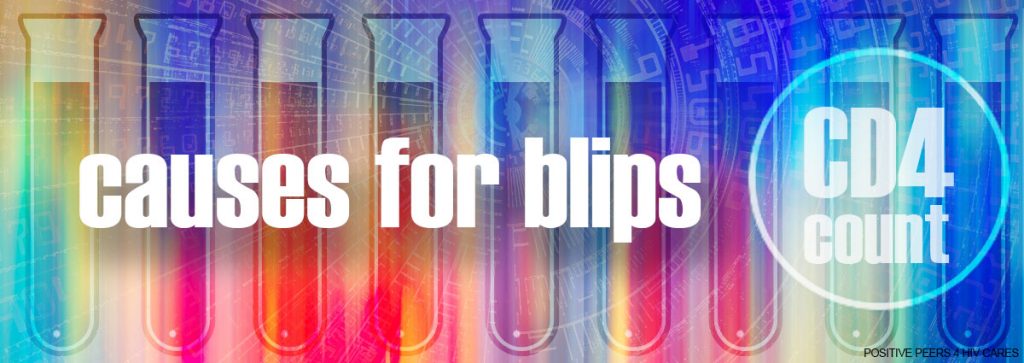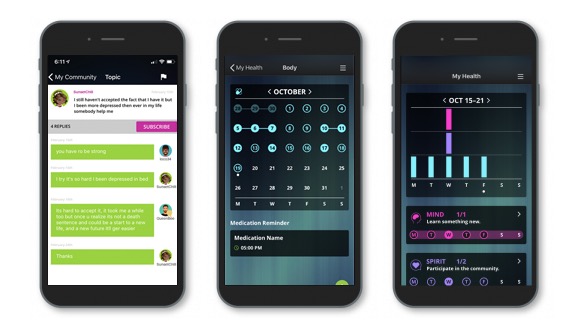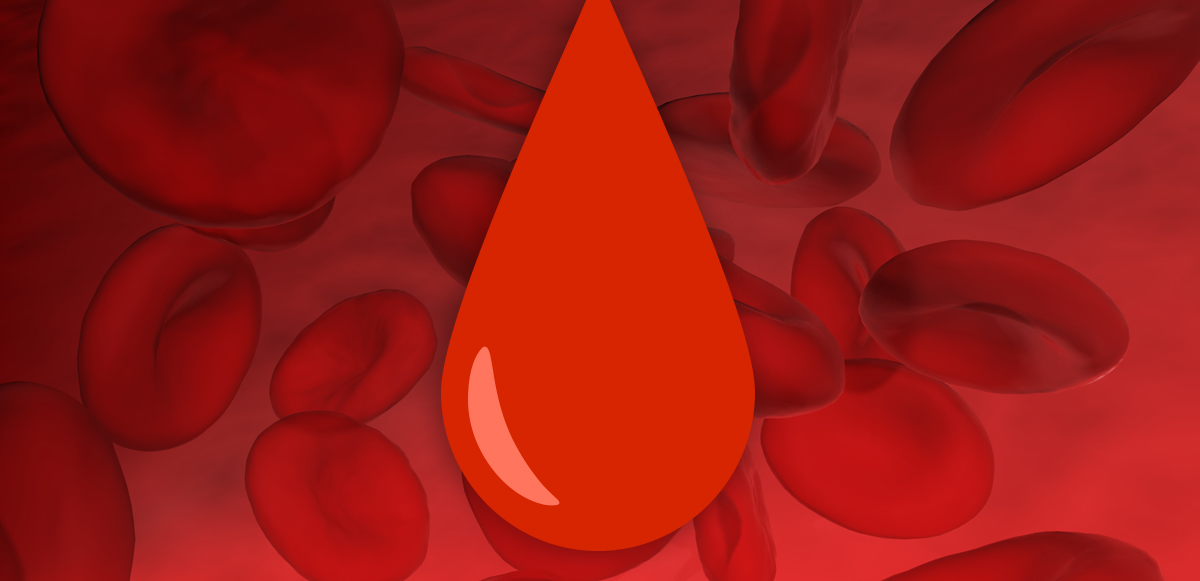
By: Ann K. Avery, MD, Infectious Disease Physician at MetroHealth Medical Center
So, you’ve been absolutely crushing your treatment plan and you’ve been undetectable for a while now. That’s awesome, we’re proud of you gurl! But then you go in for your regular blood tests, and your doctor tells you that you’re experiencing a viral load blip.
Excuse me? A what now?
An HIV viral load blip is a sudden jump in the quantity of HIV detected in a blood test.
Don’t panic yet, usually, an HIV blip is harmless and goes away on its own. But occasionally, an HIV blip is a sign of trouble, so it’s a good idea to understand the basics of what a blip means.

Basics of HIV viral load blips
When you first test positive for HIV, your doctor prescribes you anti-retroviral medicines that prevent the virus from multiplying in your bloodstream. If you take your meds every day exactly as prescribed, HIV becomes undetectable. This is what we call a functional cure, which means it’s still in your blood —but there’s so little of it that it doesn’t show up on tests anymore.
So, if you’re getting your viral load tested every six months like the experts recommend, the tests should consistently say your viral load is undetectable (assuming you’re following your doctor’s orders). You could go months or years with no change in your undetectable status.
But sooner or later your viral load might go up all of a sudden and become “detectable” on a test. The best clinical tests can’t measure HIV below 20 copies in a specific amount of blood. So, if your viral load rises above 20, you’ve got a blip. (For more on HIV testing stats, check out this blog.)

What causes a viral load blip?
If you’ve skipped treatment a few days and then your HIV load will likely become detectable again on your next test. This isn’t the cause of a true blip, this is just what happens when you accidentally forget a few pills.
Blips are different. They come and go and scientists aren’t exactly sure yet what causes them. Blips are more common in the winter, but studies haven’t figured it all out for sure yet.
Viral load and CD4 counts might play a role, although nothing is certain. Scientists have noted that people with more frequent HIV blips also had higher viral loads and lower CD4 counts before they started treatment.
Come join our private, stigma-free, supportive community.
Health management tools with medication & appointment reminders.
Social networking in a community conversation & private chats.
What does an HIV viral load blip mean?
First of all, a viral load blip doesn’t automatically mean there’s any danger. And it usually won’t increase your risk of transmitting HIV to somebody else.
But remember, this all depends on how high your viral load gets. If your viral load jumps too high, your doctors may want to switch to a different medicine. But usually, if your viral load stays below 50, you can stay on the same medication.
We suggest you talk to your doctor about the risk of transmission when a blip shows up. It might be zero, but it can’t hurt to ask.
If you have one blip and everything returns to normal, it’s probably nothing to worry about. But if you start having multiple blips, it could be a sign that your treatment isn’t working effectively anymore.
That’s why doctors need to keep tracking it.

Can HIV viral load blips be avoided?
Not entirely, or at least not without knowing what causes them. Blips randomly show up all the sudden and then vanish just as quickly.
What you want to avoid is a genuine, long-term increases in your viral load. That could lead to serious health problems.
The key is to stay on meds the best you can, without fail. You can help your meds do their job by protecting your immune system with a healthy diet, regular exercise, and a healthy lifestyle (i.e., taking it easy on the booze, fatty foods, and putting down the cigarettes).
No need to flip out over blips
Your doctors know what to look for when a blip shows up. They’ll keep testing you every few months to see if it returns.
This is just one more solid reason for getting tested regularly. The more you know about your viral load, the more you can do about it.
Related Blogs:


